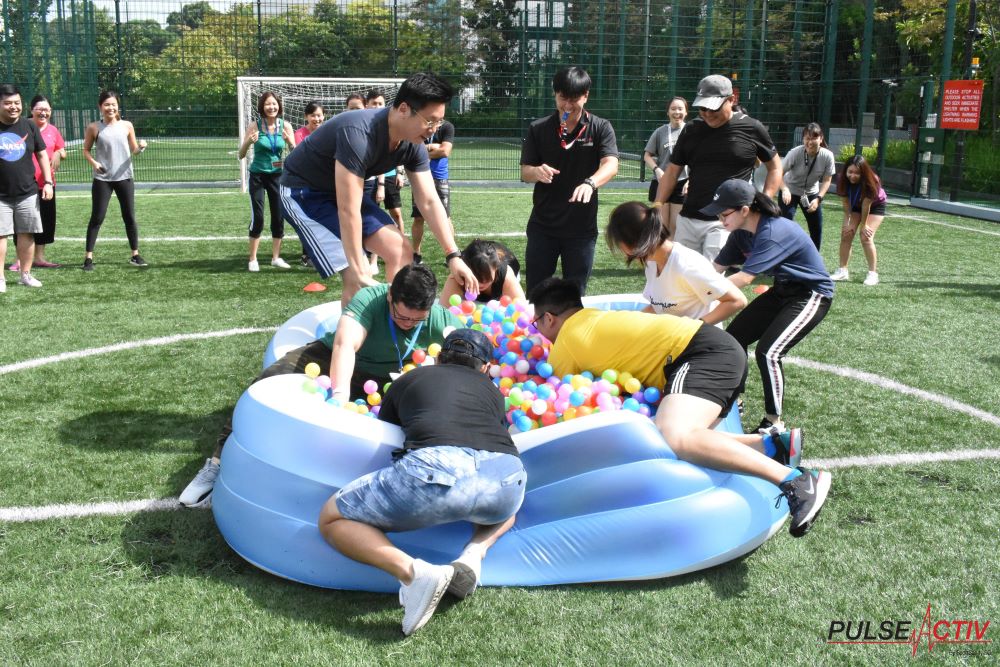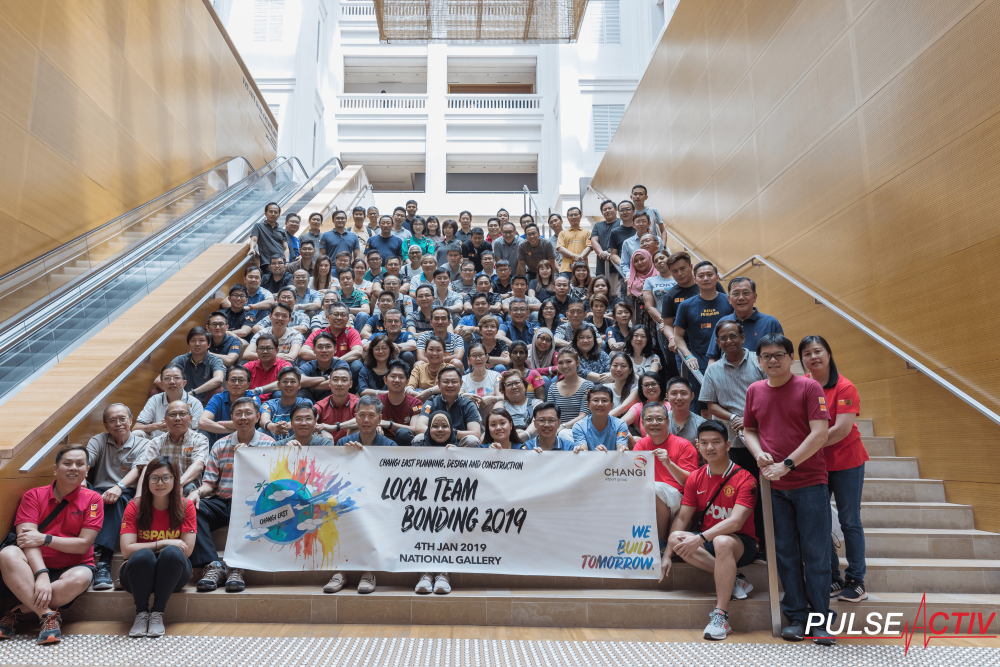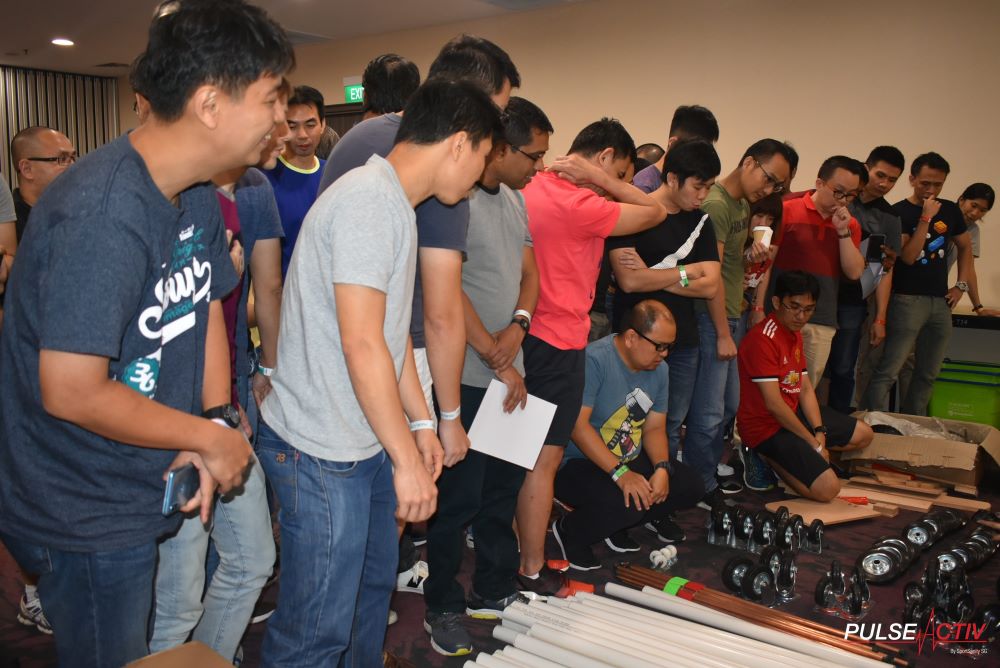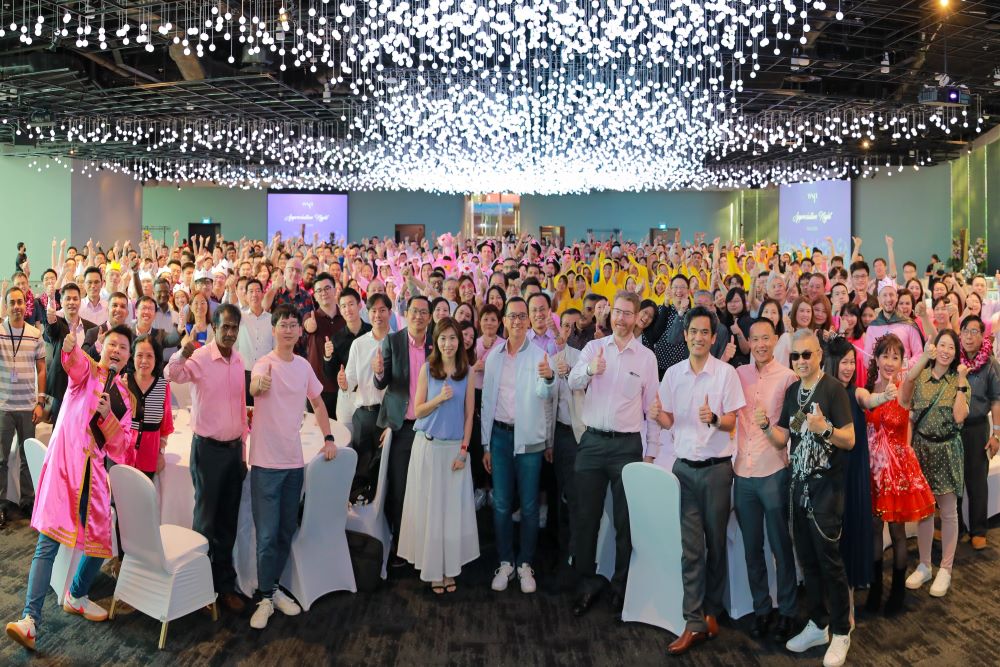Historical Reenactments and Team Building: Learning from the Past to Build Stronger Teams
Historical reenactments are more than just a fascinating glimpse into the past; they offer unique opportunities for team building and development. By immersing teams in historical scenarios, organizations can foster collaboration, problem-solving, and communication skills in an engaging and memorable way. Here’s how historical reenactments can be effectively used for team building and what benefits they offer.
1. Immersive Learning Experiences
Engage Through Historical Context
Historical reenactments provide a dynamic and immersive way for team members to engage with history. Whether recreating a famous battle, a significant event, or daily life from a different era, these activities bring history to life. This immersion fosters a deeper understanding and appreciation of historical events, while also creating a memorable experience that can strengthen team bonds.
Develop Historical Insights
Teams can learn about historical figures, events, and social dynamics, which can serve as a backdrop for exploring teamwork, leadership, and strategic thinking. By understanding the challenges faced by people in the past, team members can draw parallels to their own experiences and gain insights into effective team dynamics.
2. Enhancing Communication Skills
Role-Playing and Collaboration
Reenactments often involve role-playing, which requires clear and effective communication. Team members must work together to embody their roles, understand their objectives, and interact with others in character. This role-playing helps improve verbal and non-verbal communication skills, which are crucial for effective teamwork.
Problem-Solving and Decision-Making
During reenactments, teams are often faced with scenarios that require quick thinking and decision-making. Whether navigating a historical challenge or solving a period-specific problem, team members must collaborate and use their collective problem-solving skills. This fosters a sense of shared purpose and enhances their ability to work together under pressure.
3. Building Team Cohesion
Shared Experiences and Bonding
Participating in a historical reenactment creates a shared experience that can strengthen team cohesion. The collaborative nature of these events, combined with the fun and sometimes humorous aspects of role-playing, helps break down barriers and build trust among team members. Shared challenges and victories contribute to a sense of camaraderie and collective achievement.
Developing Empathy and Understanding
Reenactments often involve stepping into the shoes of people from different times and circumstances. This can foster empathy and a deeper understanding of diverse perspectives, which is valuable for building a more inclusive and supportive team environment.
4. Enhancing Strategic Thinking
Learning from the Past
Historical reenactments often involve strategic elements, such as planning and executing complex scenarios. Teams must strategize and adapt their approaches based on historical contexts and objectives. This can enhance their strategic thinking skills and improve their ability to plan and execute projects effectively in their own work environment.
Analyzing Historical Strategies
Teams can also analyze historical strategies and tactics used during reenactments to gain insights into effective planning and execution. Understanding how historical figures navigated challenges and made decisions can provide valuable lessons for modern team dynamics and project management.
5. Fostering Creativity and Innovation
Creative Problem-Solving
Reenactments encourage creative thinking as teams work to solve problems and overcome obstacles in a historical context. This creativity can translate into innovative solutions and approaches in the workplace, fostering a culture of experimentation and forward-thinking.
Experimenting with New Roles
By stepping into different roles and scenarios, team members can explore new perspectives and approaches. This experimentation can lead to new insights and ideas, promoting a culture of innovation and adaptability.
6. Practical Tips for Implementing Historical Reenactments
Choose Relevant Scenarios
Select historical scenarios that align with your team’s objectives and interests. Consider the complexity of the scenario and ensure it offers opportunities for collaboration, problem-solving, and strategic thinking.
Incorporate Debriefing Sessions
After the reenactment, hold debriefing sessions to discuss the experiences, insights, and lessons learned. This reflection helps reinforce the skills and knowledge gained during the activity and connects them to real-world applications.
Balance Fun and Learning
Ensure that the reenactment is engaging and enjoyable while still providing valuable learning experiences. A balance between fun and educational elements will maximize the impact of the activity and keep team members motivated and engaged.
Conclusion
Historical reenactments offer a unique and effective way to build stronger teams. By immersing team members in historical scenarios, these activities foster communication, collaboration, and strategic thinking while providing valuable insights and enhancing team cohesion. Incorporating reenactments into your team-building strategy can lead to more engaged, motivated, and effective teams, all while offering a fascinating journey through history.
To head back to read another article in our blog, click here.










